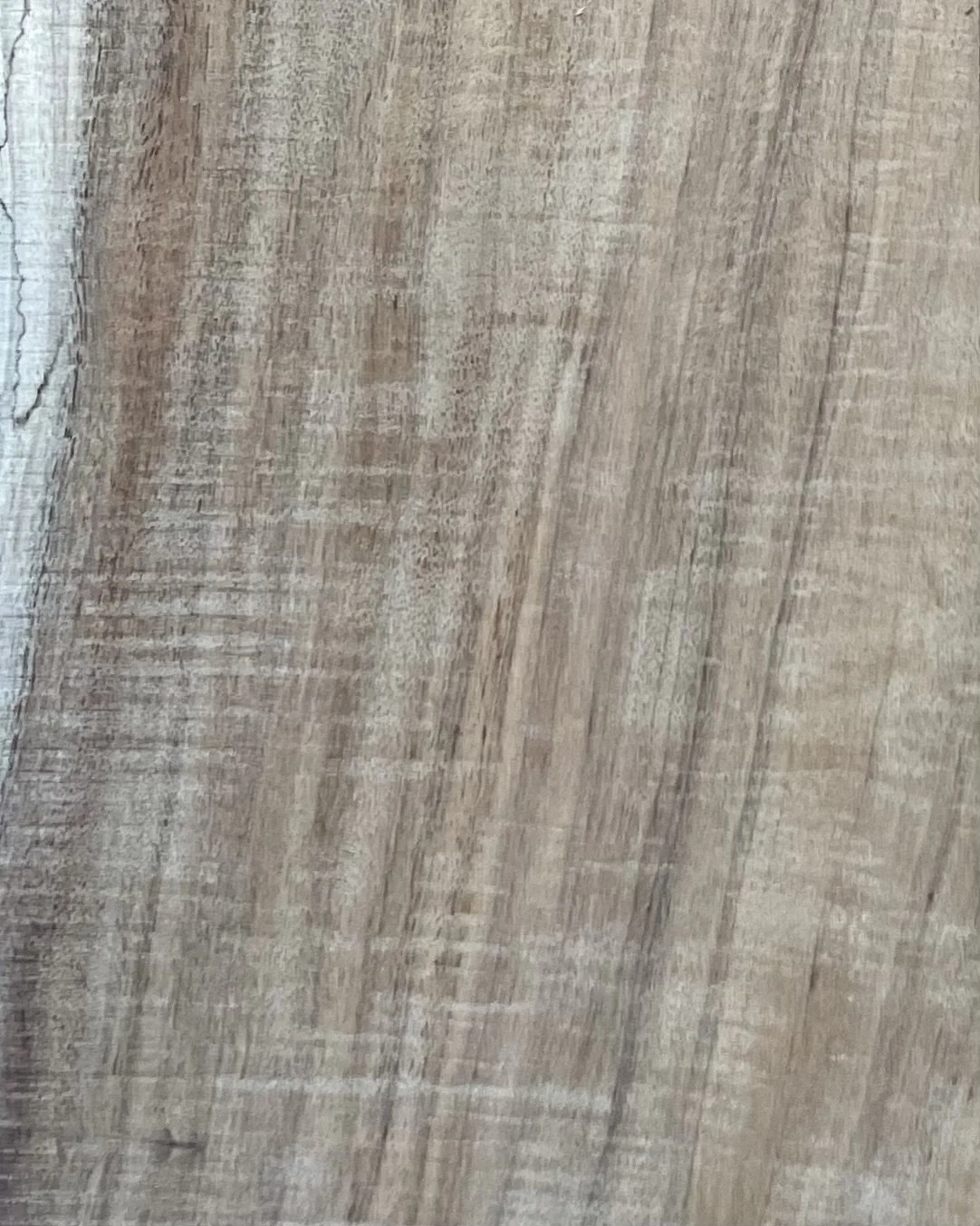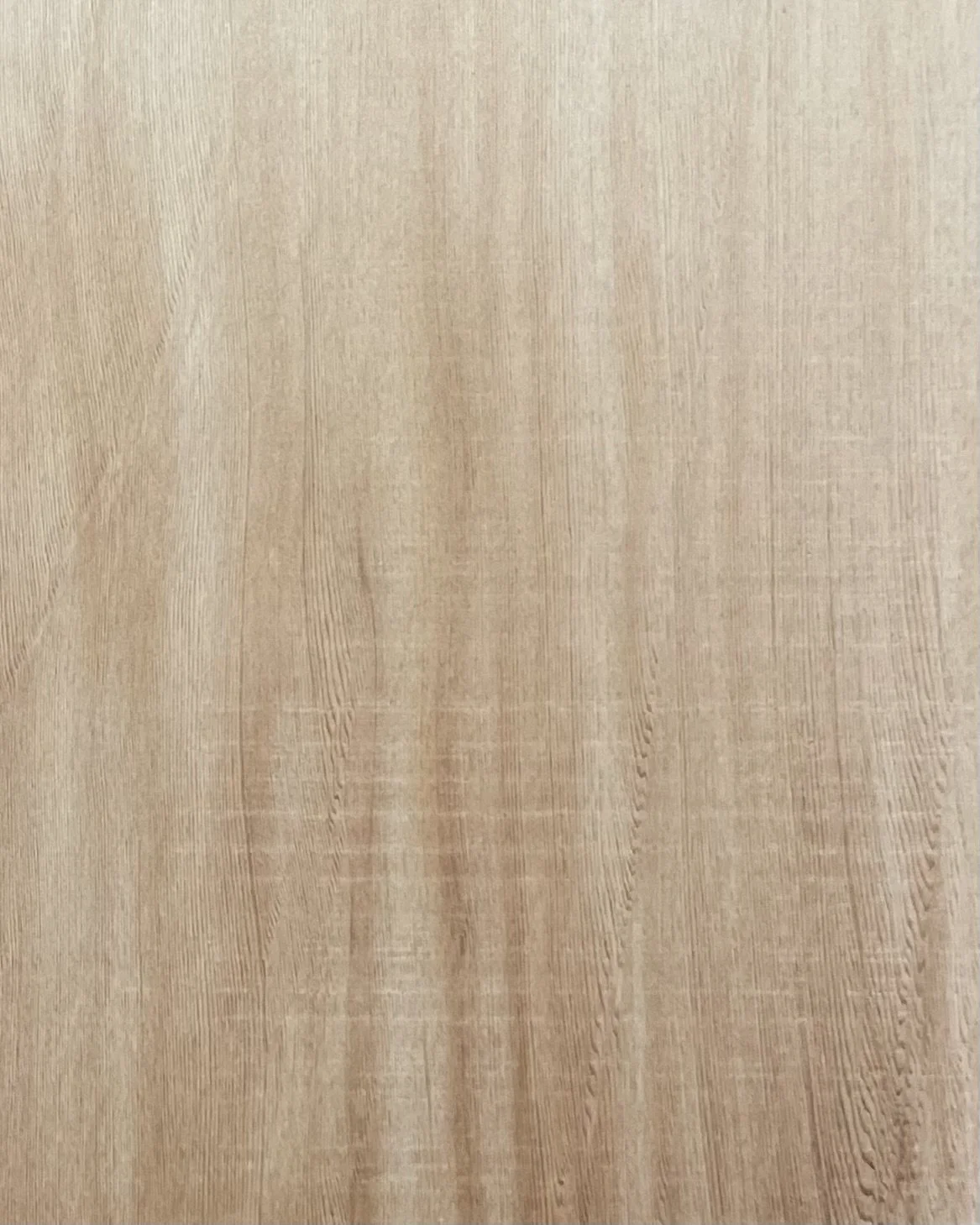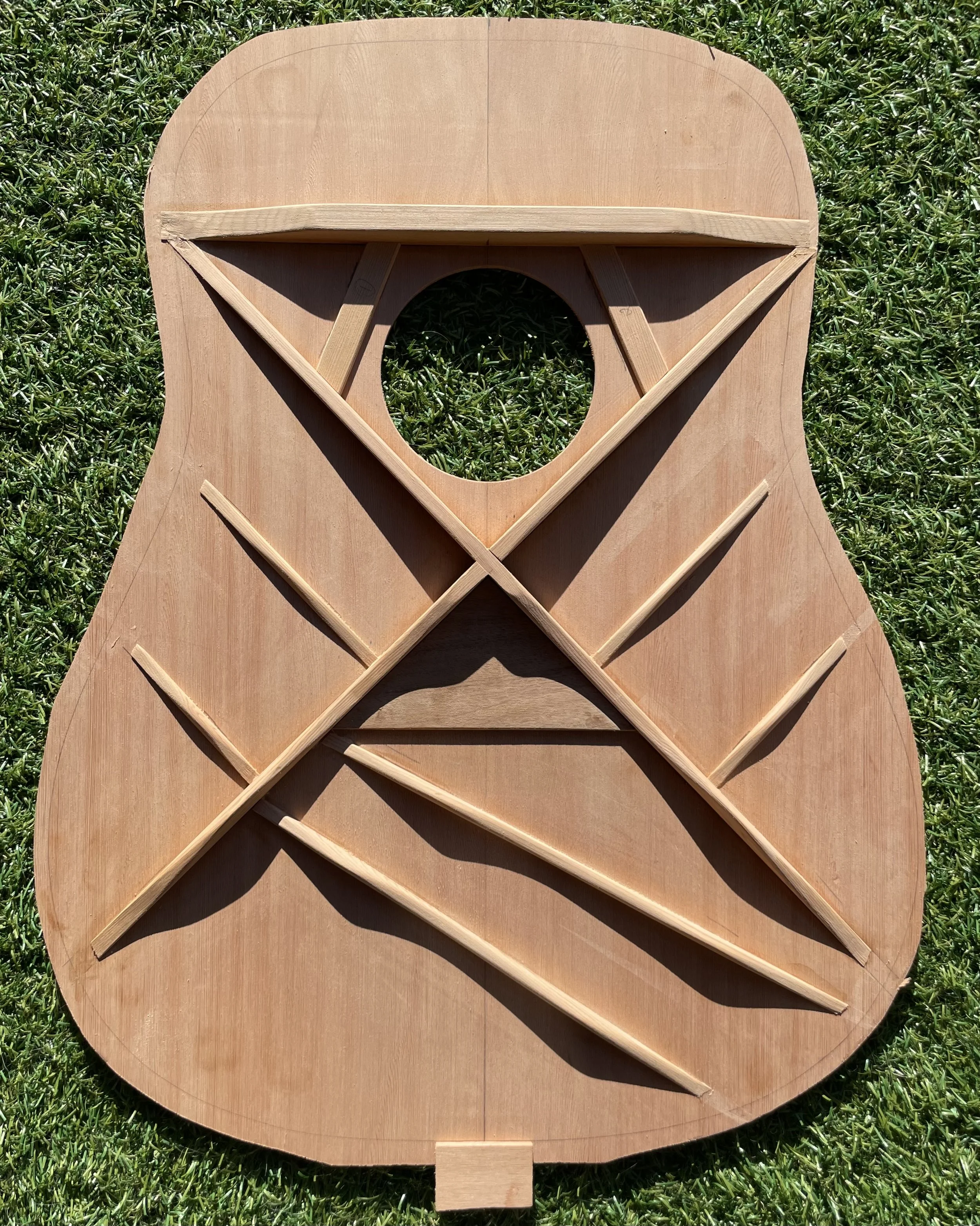A new Idabelle
Something very exciting is happening at GB Guitars in Noosa - Geoff is building me a custom guitar! Like BB’s Lucille, her name will be Idabelle too.
I am profoundly honoured and excited to receive this. I dropped by Geoff’s place a little while ago to play a few of his instruments and they were all beautifully crafted and felt very resonant in the hand. Moreover they are made from Australian timbers which is something I am particularly excited about. Late last year whilst speaking with Sally Wiggins, we both decided we’d like to find instruments by Australian makers. If we’re heading out into the world, it would be nice to do so whilst carrying a bit of home with us on every stage.
The process began by choosing tonewoods and the body style
My current Idabelle is a traditional spruce and mahogany construction, a slope-shouldered Gibson style dreadnought. I have thought about complementing this with a Martin style square-shouldered drednought in spruce and rosewood, so when Geoff reached out I was excited to see this realised in native timbers instead. I have done plenty of timber-cutting and even a bit of sawmilling over the years so I’ve worked with some of our beautiful hardwoods. It’s nice to see more and more luthiers experimenting with different native timbers. It’s nice to see Camphor Laurel getting used too - it’s a noxious weed but I’ve seen too many beautiful big logs just burned or woodchipped, it always seemed like a waste.
I knew that Blackwood - Acacia melanoxylon was a great option for the back and sides.
Geoff showed me some options in Maple as well which were incredibly light and responsive, but I liked the heft of Blackwood and though a purely cosmetic consideration, I prefer a darker coloured timber on the back and sides. The Acacia genus is vast, omnipresent and encompasses everything from food sources to entheogens so I’ve always had an affinity for them. The pieces I chose for the back and sides come from the Queensland Tablelands.
King Billy Pine - Athrotaxis selaginoides is an exciting discovery for me.
It’s a Tasmanian timber and like all great cold-climate conifers it is slow-growing and long lived, therefore excellent soundboard material. Of course, these qualities also make it a timber that should never have been logged commercially. I was glad to read that this practice was stopped in the 1980’s and there’s a guy sitting on a stockpile of old logs making sure they get used for creating objects of beauty - particularly instruments. Much like the Adirondack Spruce, there’s also the occasional log that gets pulled up from the depths of a lake or hydro dam and I love that such logs are treated with reverence and their timber put to appropriate use.
The piece of King Billy Pine that I chose was actually pretty wrinkled. Normally a straight, tight grain is best for a soundboard but I was drawn to this piece so I decided to go with my first mind.
The neck will be made from Queensland Maple - Flindersia brayleyana, which Geoff recommended for lightness and stability. This is a timber I don’t know so well but it’s from QLD’s Northern rainforests.
The bridge and fretboard will be made of another Acacia; Gidgee - Acacia cambagei. I remember occasionally finding an old fallen Gidgee log when looking for firewood out in Western NSW. As soon as you put a saw into this stuff you realise what it is - hard as stone and blunts the saw in a heartbeat. I chose this as I figure it’s close to Ebony in contrast to my other guitar which has a Rosewood fretboard.
The body will be bound top and back with River She-oak - Casuarina cunninghamiana - it has a beautiful pink-orange colour and a classic oak-like grain pattern. Casuarinas grow in all my favourite places and I’ve spent many hours transfixed by the beautiful sound they make in the wind.
A little bit of the aforementioned Camphor Laurel - Camphora officinarum made it in there too - I opted for a simple timber rosette and it will be made of Camphor. This tree is an invasive pest, particularly around where I grew up but nevertheless it has been a presence in the landscape of my life and home to many a treehouse. I still love the look of the Camphors, especially when they make a tunnel growing alongside a road. They make the landscape more European, which is somehow strangely familiar.
Anyhow I’ll leave it there for now but stay tuned for part two as I have heaps more images to share of the construction which will no doubt provoke further musings.



